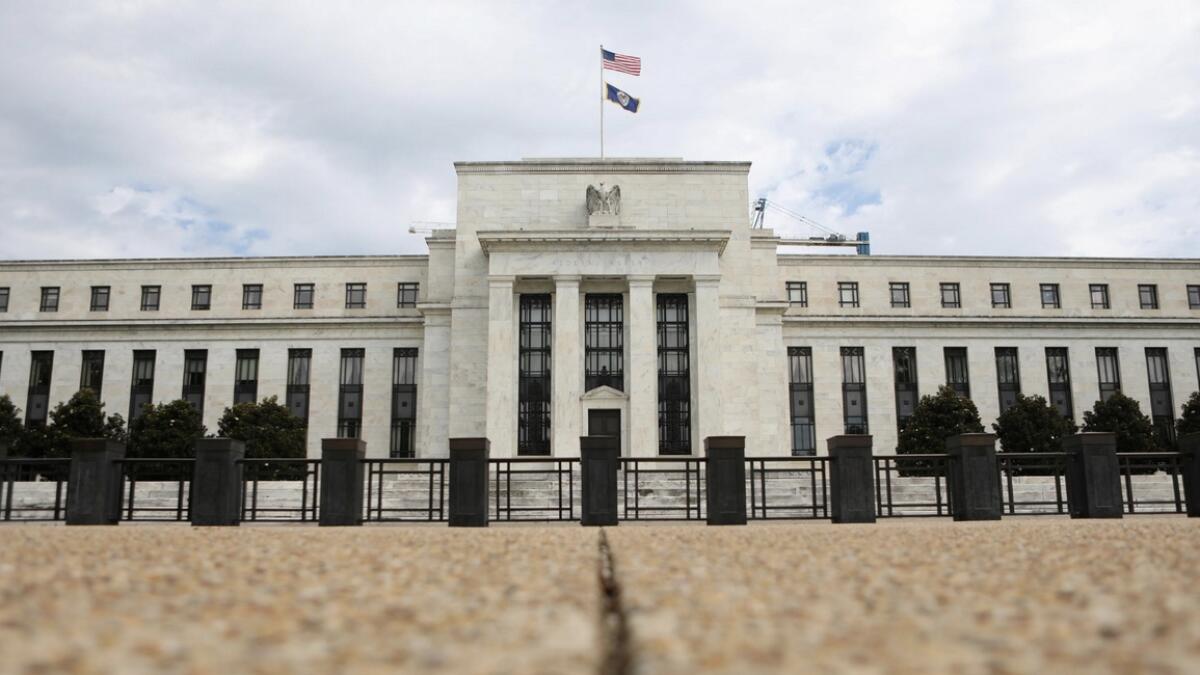The US Federal Reserve is expected to start cutting interest rates as inflation nears its two per cent target. While it may take some time for prices to fall all the way to the target, signs indicate that the battle against inflation is nearing its end. The disruptive period of rapidly increasing prices has led to concerns about the overall price level in the US economy. However, it is noted that this was not the worst bout of inflation in US history.
The concern during this period was not so much the increase in prices of individual categories, but rather the overall price level and public psychology. Rising prices of essential items such as gas, food, and housing can have an impact on public expectations, which is why the Federal Reserve raised interest rates quickly. Moving forward, while price increases may have been tamed, higher prices are likely here to stay. It is rare to see significant drops in prices month-to-month, and a chronic drop in prices, known as deflation, can have negative consequences for the economy.
The Federal Reserve’s mandate is to keep prices stable, which is interpreted as a slow, steady rise in prices and wages. This is why the central bank sets an inflation target of two per cent to prevent deflation and maintain economic stability. The target is based on the Personal Consumption Expenditures (PCE) price index, which factors in overall economic growth. The PCE index reflects the general movement of prices throughout the economy more accurately than the Consumer Price Index (CPI), which is based on a representative basket of consumer goods.
Consumers may still experience rising costs even as the Federal Reserve eases interest rates to stimulate the economy. The Fed is expected to maintain rates during its upcoming meeting but may cut rates in September to address inflation concerns. Despite the progress made in controlling inflation, consumers may still feel the impact of rising prices in certain categories. It will be important for the Fed to monitor inflation closely and make necessary adjustments to maintain economic stability.










